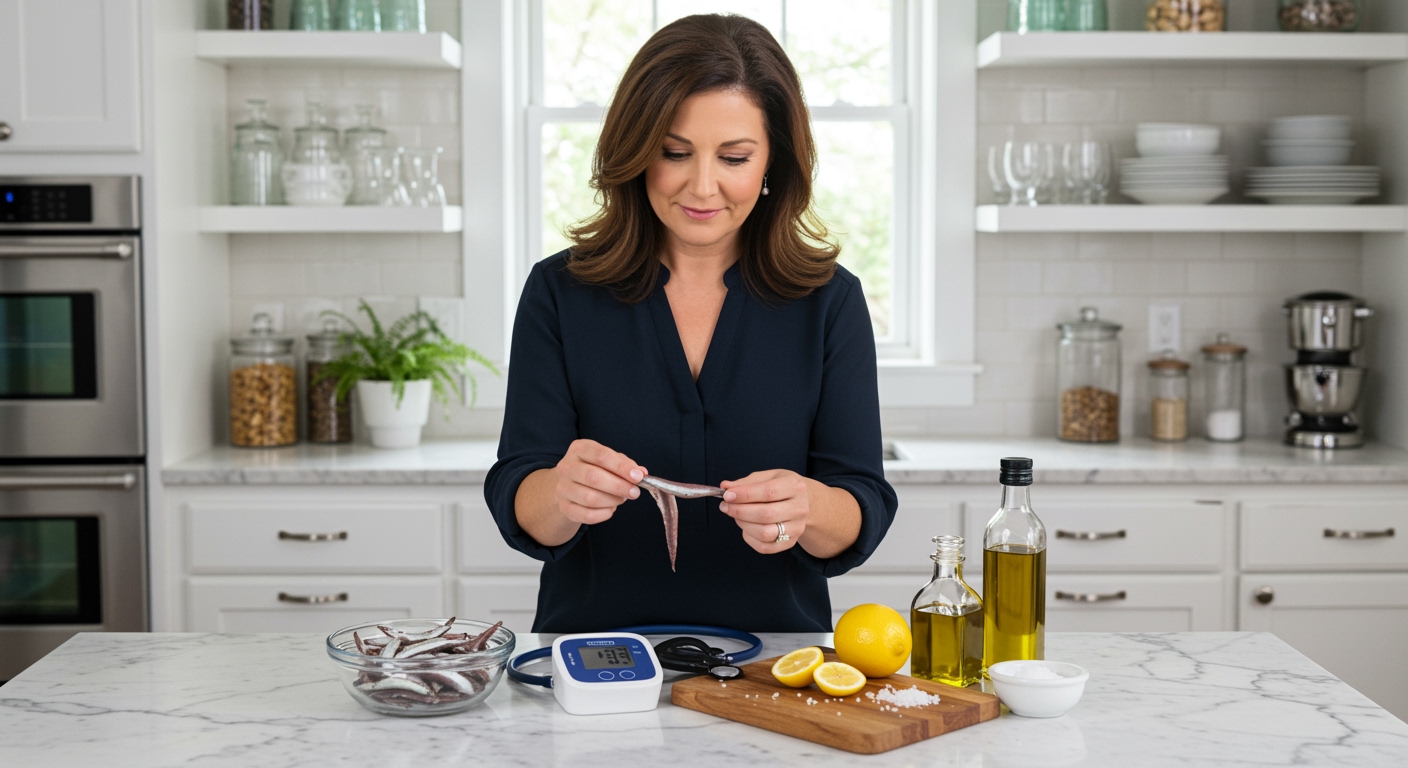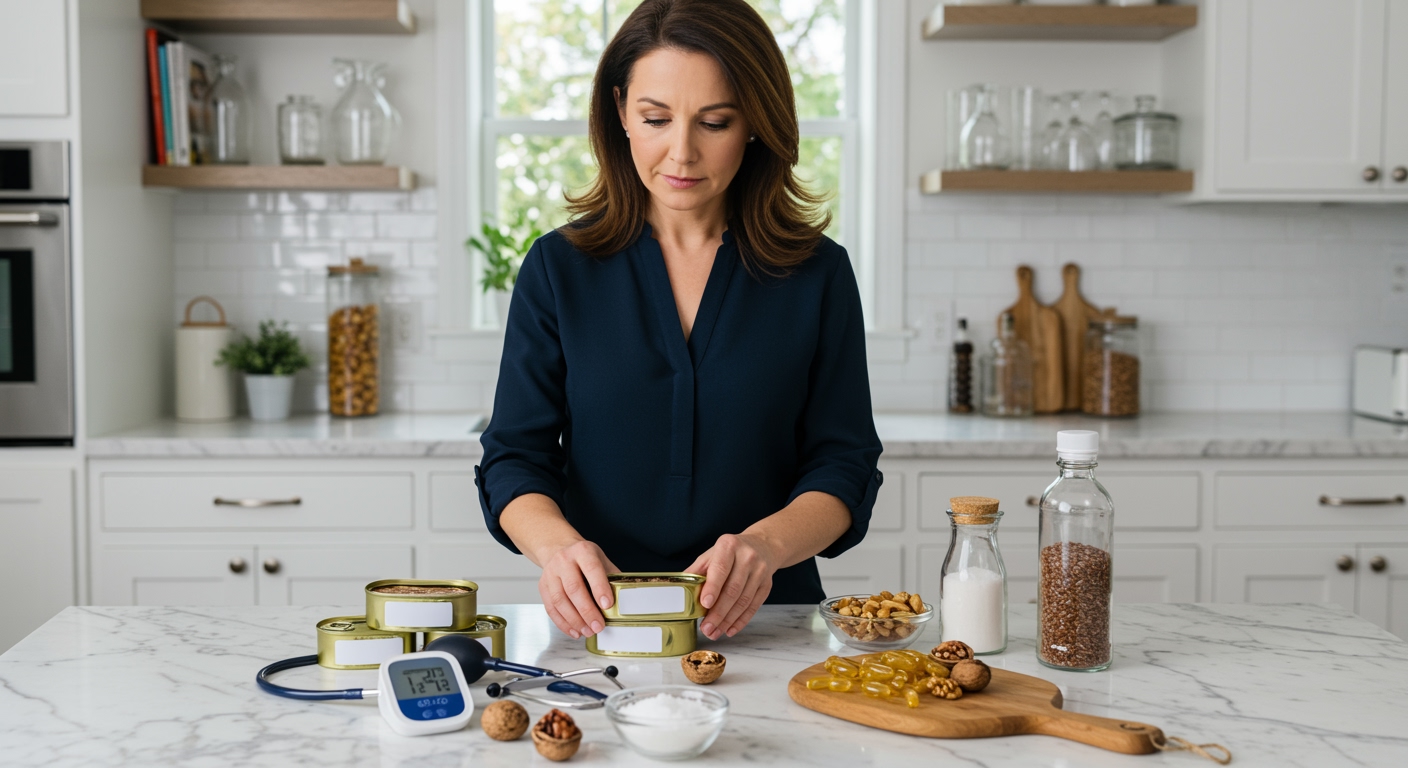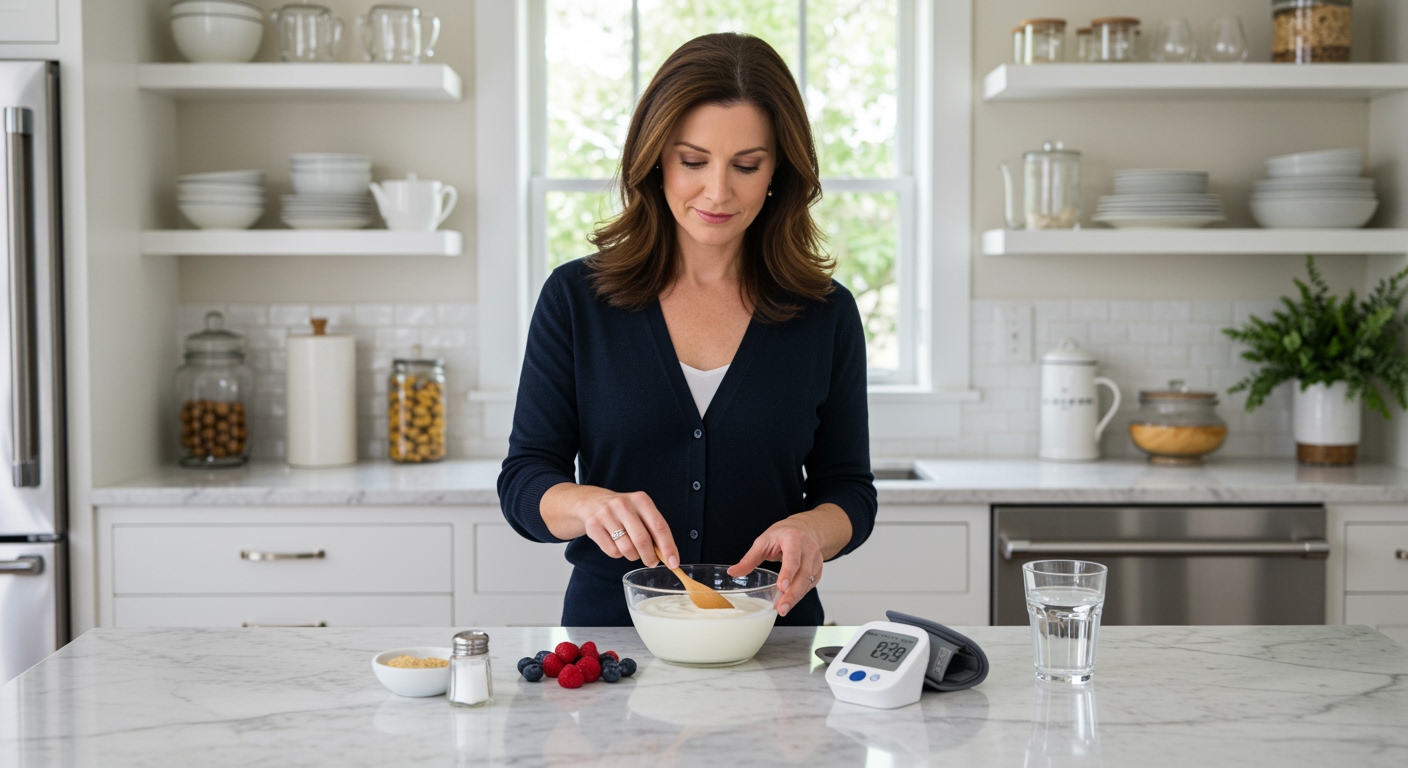✪ Key Takeaway: Dark chocolate may lower blood pressure slightly, but it cannot effectively treat hypotension or low blood pressure conditions.
Introduction
You reach for that square of dark chocolate and wonder if it will help your low blood pressure numbers climb higher.
Maybe you heard from friends or read online that dark chocolate can fix blood pressure problems, and now you are questioning whether this sweet treat could be your natural solution.
Hi, I am Abdur, your nutrition coach, and today I am going to explain the real relationship between dark chocolate and low blood pressure, plus what you need to know before making it part of your health strategy.
Does Dark Chocolate Actually Raise Low Blood Pressure?
The truth about dark chocolate and blood pressure will surprise you because research consistently shows that dark chocolate tends to lower blood pressure rather than raise it.
Multiple studies demonstrate that the flavonoids in dark chocolate help relax blood vessels and improve blood flow, which typically results in decreased blood pressure readings.
This means if you already have low blood pressure, also known as hypotension, eating dark chocolate could potentially make your numbers drop even lower.
The vasodilatory effects of cocoa flavonoids work by increasing nitric oxide production in your blood vessels, causing them to widen and allowing blood to flow more easily.
Research published in medical journals shows that people who consume dark chocolate regularly experience an average decrease of 2-3 mmHg in both systolic and diastolic blood pressure.
For someone with normal or high blood pressure, this effect can be beneficial, but for those with already low readings, it could worsen symptoms like dizziness or fatigue.
✪ Fact: Dark chocolate contains more flavonoids than milk chocolate, making its blood pressure effects more pronounced.
What Happens When You Have Low Blood Pressure and Eat Dark Chocolate?
When you have low blood pressure and consume dark chocolate, your body experiences additional vasodilation that can make your symptoms worse rather than better.
The cocoa compounds in dark chocolate work within 2-3 hours of consumption, and their effects can last for several hours afterward.
You might notice increased dizziness, lightheadedness, or that foggy feeling that comes with insufficient blood flow to your brain.
Some people with hypotension report feeling more tired or experiencing postural hypotension, which is when your blood pressure drops significantly when you stand up quickly.
The mechanism behind this involves the relaxation of smooth muscle cells in your blood vessel walls, which reduces the resistance against which your heart must pump.
While this sounds beneficial in theory, when your blood pressure is already low, further reduction can compromise the delivery of oxygen and nutrients to vital organs.
✪ Note: Individual responses to dark chocolate vary, so monitor your symptoms carefully after consumption.
How Much Dark Chocolate Creates Blood Pressure Changes?
The amount of dark chocolate needed to affect blood pressure is surprisingly small, with studies showing effects from as little as 6-7 grams per day.
Most research uses portions ranging from 25-100 grams daily, which equals roughly one to four squares of a typical dark chocolate bar.
The cocoa content percentage matters significantly, with chocolates containing 70% or higher cocoa showing the most pronounced blood pressure effects.
Higher cocoa percentages mean more flavonoid compounds, particularly epicatechin and catechin, which are responsible for the cardiovascular effects.
Milk chocolate and white chocolate contain much lower levels of these active compounds, so they produce minimal blood pressure changes.
The timing of consumption also influences the magnitude of effects, with consistent daily intake producing more sustained changes than occasional consumption.
Processing methods affect potency too, as Dutch-processed cocoa has fewer flavonoids compared to natural cocoa powder or minimally processed dark chocolate.
✪ Pro Tip: Check the cocoa percentage on labels and choose options with 70% or higher for maximum flavonoid content.
Should You Avoid Dark Chocolate If You Have Low Blood Pressure?
You do not need to completely avoid dark chocolate if you have low blood pressure, but you should approach it with careful consideration and awareness.
The key is understanding your individual response and monitoring your symptoms when you do choose to enjoy dark chocolate.
Start with very small amounts, perhaps one small square, and pay attention to how you feel over the next few hours.
If you experience increased dizziness, fatigue, or other hypotensive symptoms, consider reducing your intake or timing consumption strategically.
Some people find they can tolerate dark chocolate better when consumed with food or earlier in the day rather than on an empty stomach or before bedtime.
The caffeine content in dark chocolate might actually provide a slight counterbalance to the blood pressure-lowering effects, though this varies by individual.
Remember that dark chocolate also contains calories and sugar, so excessive consumption can lead to weight gain, which may complicate blood pressure management in the long term.
✪ Note: Always consult your healthcare provider about dietary changes when managing blood pressure conditions.
What Actually Helps Raise Low Blood Pressure Naturally?
Instead of relying on dark chocolate, focus on proven strategies that can help naturally support healthy blood pressure levels when yours runs low.
Adequate salt intake becomes important for people with hypotension, unlike those with high blood pressure who need to restrict sodium.
Staying properly hydrated helps maintain blood volume, which directly impacts your blood pressure readings and symptom management.
Small, frequent meals prevent postprandial hypotension, which is the drop in blood pressure that can occur after eating large meals.
Regular physical activity, particularly exercises that strengthen your cardiovascular system, can help improve circulation and blood pressure regulation over time.
Compression stockings help prevent blood from pooling in your legs, which can worsen low blood pressure symptoms, especially when standing.
Avoiding sudden position changes and taking time to adjust when moving from lying to sitting to standing can prevent dangerous drops in blood pressure.
✪ Pro Tip: Keep a food and symptom diary to identify patterns between what you eat and how you feel.
The Bottom Line
Dark chocolate consistently lowers blood pressure rather than raises it, making it potentially problematic for people with hypotension who need their numbers to go up, not down.
Smart nutrition choices require understanding how foods actually work in your body, not just following popular health trends.
I would love to hear about your experiences with dark chocolate and blood pressure, or any questions you have about managing low blood pressure through nutrition, so please share your thoughts in the comments below.
References
At NutritionCrown, we use quality and credible sources to ensure our content is accurate and trustworthy. Below are the sources referenced in creating this article:
- Prevention: What Happens to Your Blood Pressure When You Eat Dark Chocolate Everyday
- PMC: Dark Chocolate and Blood Pressure Research
- PubMed: Cocoa Flavonoids and Cardiovascular Health
- American Heart Association: Are There Health Benefits from Chocolate





